Humans began domesticating wild animals as far back as 30,000 years ago. The first animals to be domesticated, such as goats, sheep, and oxen, all provided food, work, and other goods.
Dogs were eventually domesticated for their hunting ability, as well as their companionship. The domestication of cats, however, is strikingly different from the domestication of other animals.
The domestic cat (Felis catus) descended from wildcats once found in parts of Africa and the Middle East. These wildcats were attracted by human settlements in the Fertile Crescent as early as 7500 BC, where they hunted for mice. Over time, humans and cats developed a bond that eventually led to the domestic cats we know and love today.
Domestic cats today may seem entirely different from the fierce African wildcat, but our beloved pets are strikingly similar to their ancestors- much more so than other domesticated animals. So what is it about cats that sets them apart from other domesticated species? Read on to find out more!
What Are Domestic Cats Descended From?
The domestic cat (Felis catus) can be traced back to a species of African wildcat known as Felis silvestris lybica. This ancient species is over 175,000 years old, and can still be found throughout parts of Africa and the Middle East.
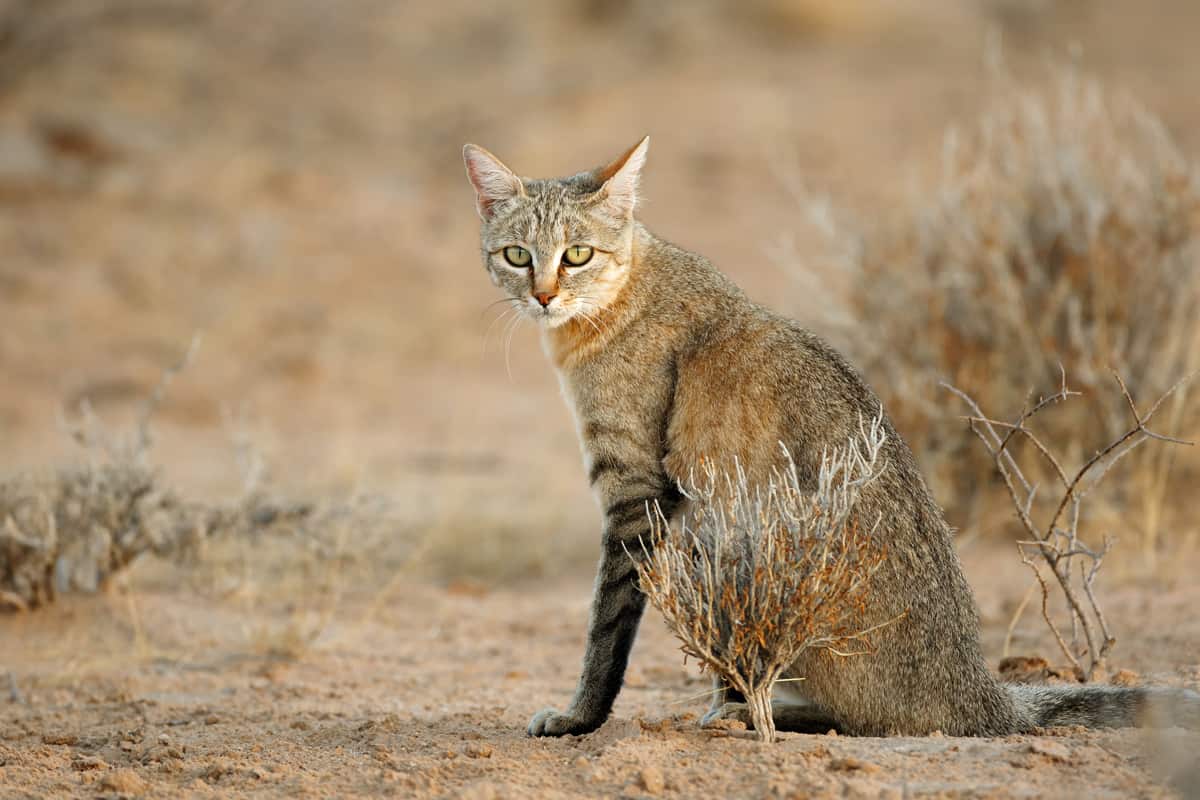
African wildcats look strikingly similar to the domestic cats we all love. On average, they weigh between 7 and 10 pounds.
They have spotted tabby coats that range from sand gray to pale yellow to red, with lighter fur on their throat and stomach.
The African wildcat is a prudent hunter. These desert-dwellers conserve their energy by napping in shady spots when it’s hottest, and using the coolness of night to hunt.
Despite their small size, they can be vicious, and do not show the same love for humans as our domesticated counterparts.
So how did our ancestors manage to domesticate this wild creature? It turns out that humans actually had very little to do with the process.
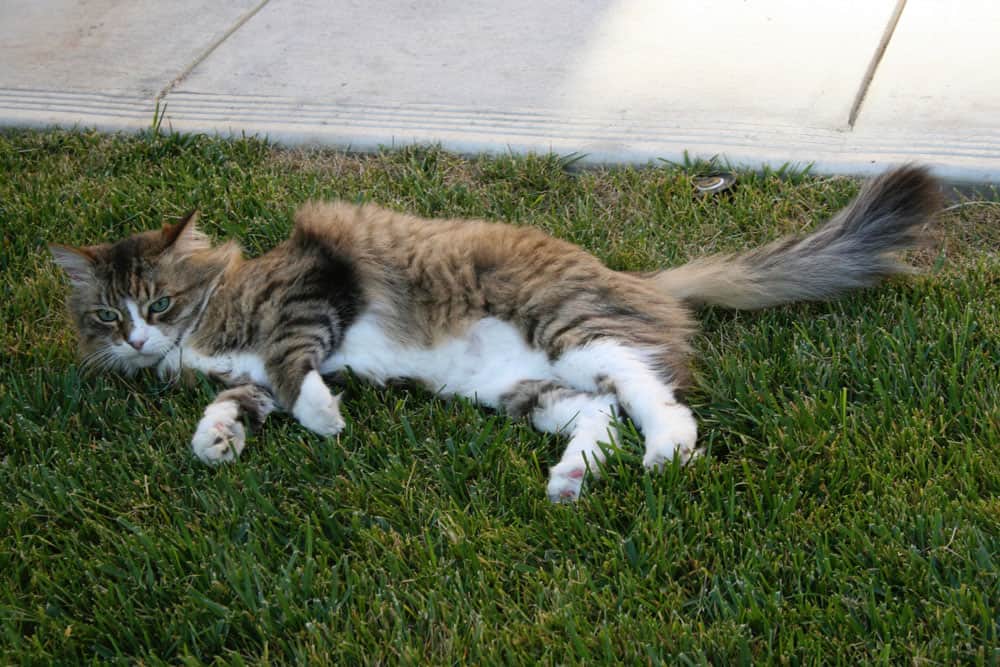
How Did Cats Become Domesticated?
It’s clear why humans domesticated animals such as dogs, oxen, and goats. While cats are useful for hunting mice and rodents, however, they primarily provide companionship for modern households. (Related: When Did Cats Become Indoor Pets?).
Several traits of cats might have made them more suitable for domestication. Among other things, cats are generally small and social animals with a body language that is largely understood by humans. They also seem to show unusually high intelligence when it comes down to learning new skills fast. So basically this means that these cats possess great potential when it comes down to interacting with humans.
Cats Domesticated Themselves
For years, scientists were baffled as to why humans chose to domesticate cats in the first place. After tireless research, however, they made a discovery that won’t surprise most cat owners: Cats domesticated themselves.
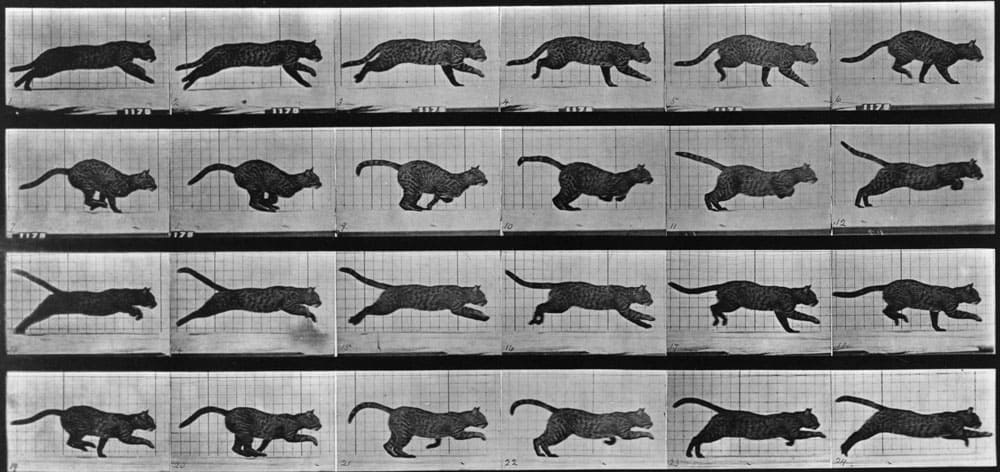
For a while, historians believed that the Ancient Egyptians were the first to domesticate cats, about 3,500 years ago.
But a grave found in Cyprus, which was estimated to be about 9,500 years old, changed that theory forever. The grave contained a human skeleton cradling the skeleton of a cat.
This led historians to develop a new theory that the domestication of cats occurred during the Neolithic period.
About 10,000 years ago, humans settled in what is now called the Fertile Crescent, which spanned parts of the Middle East, as well as Africa. This is where the first humans developed agriculture and, eventually, language.
For the first time in human history, agriculture allowed us to store grains and other foods, and devote our time to other endeavors besides hunting and gathering. With this stored food, however, came mice.
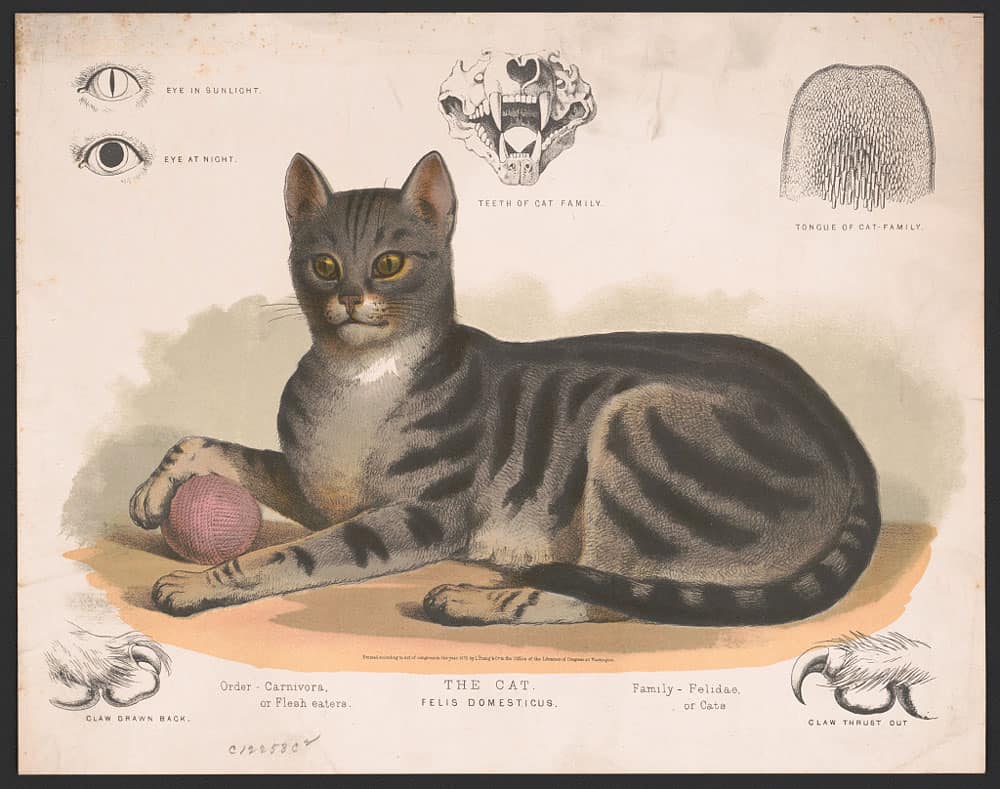
Used to the harsh life of the desert, African wildcats were intrigued by the abundance of prey, and many chose to live near human settlements. Humans decided to let these cats stay because they were useful for getting rid of vermin, and possibly because they found them cute.
What started as a wary understanding between two wildly different species eventually developed into something more.
The African wildcats came to trust these strange humans, and vice versa, until they saw each other as more than a source of food; they also became a source of companionship.
Why Do Some Domestic Cats Look Similar to Wild Cats?
The domestic dogs of today look nothing like their ancestor, the wolf. In fact, most individual dog breeds look wildly different from one another. Dogs can range from just 1 pound to nearly 350 pounds, while cats usually weigh between 5 and 25 pounds.
Furthermore, most domestic cats look very similar to African wildcats. So why do domestic cats look so similar to one another, as well as their ancestors?
Once again, this can be attributed to the fact that cats domesticated themselves. When humans domesticated animals, they selectively bred for certain characteristics they found helpful or appealing.
Cats, however, paid no mind to which characteristics humans found desirable, and have thus remained largely unchanged from their ancestors.
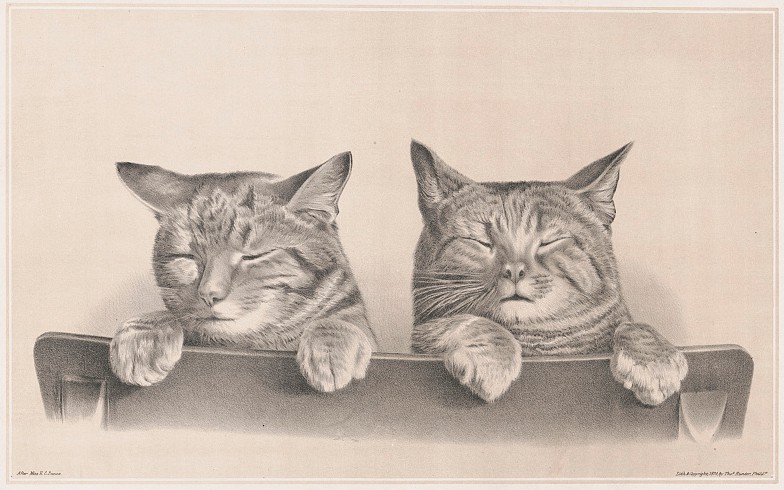
Another reason cats are much more similar to one another than dogs is due to utility.
Humans selectively bred dogs to perform specialized tasks, such as hunting underground, fetching game from the water, or guarding the family. Each task requires different sizes and characteristics.
Cats, meanwhile, don’t need to look different in order to provide companionship.
Finally, individual cat breeds, such as the Persian, Lykoi, or the Maine Coon, didn’t come about until recent history. Selective breeding is a long process that depends on genetic mutation, and it’s a process that dogs have had a huge head start in.
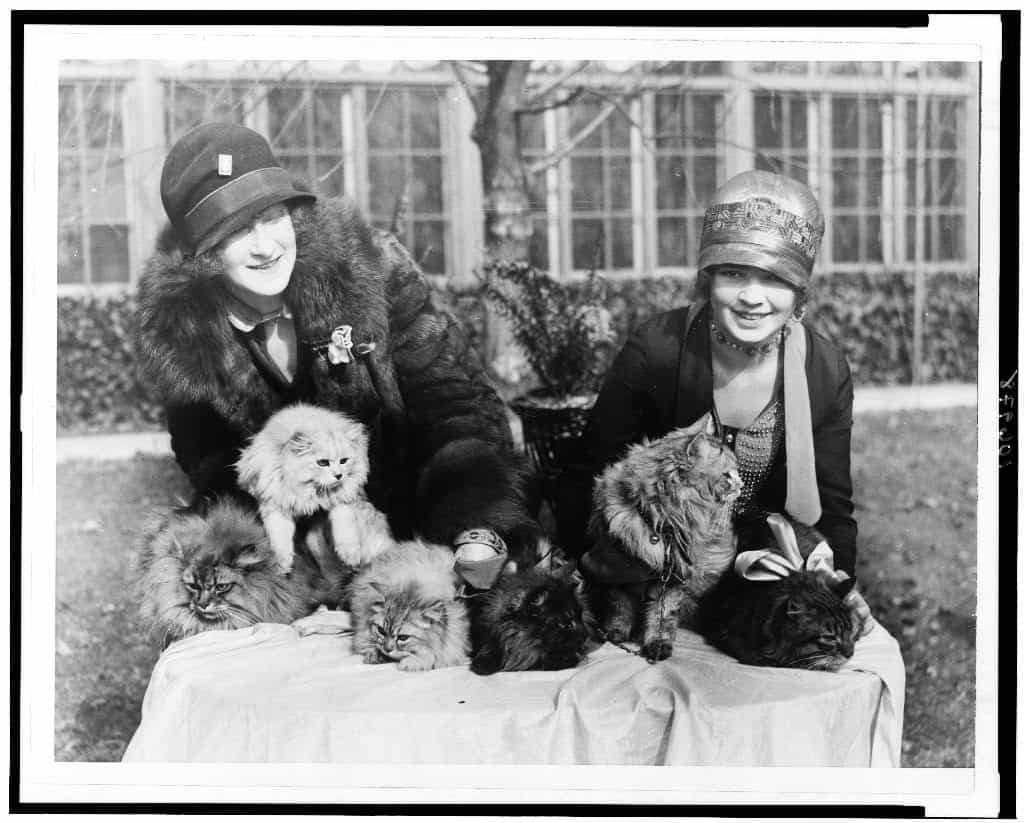
Humans began domesticating dogs about 19,000 years ago, and the process of selective breeding began almost immediately.
When it comes to cats, meanwhile, much of the breeding process has only occurred over the last 100 years or so.
With more recent breeds, however, we are starting to see more dramatic changes. The Maine Coon, for example, can weigh up to 35 pounds, while the Munchkin is famous for its short legs.
It’s also important to note that certain mutations as a result of selective breeding aren’t always healthy. While earlier humans were content to breed dogs with flat, adorable faces, they didn’t necessarily know that this extreme face shape (known as brachycephaly) is actually harmful and results in a much shorter lifespan.
While it may be tempting to selectively breed cats into all sorts of wild shapes and sizes, sometimes nature’s design is best.
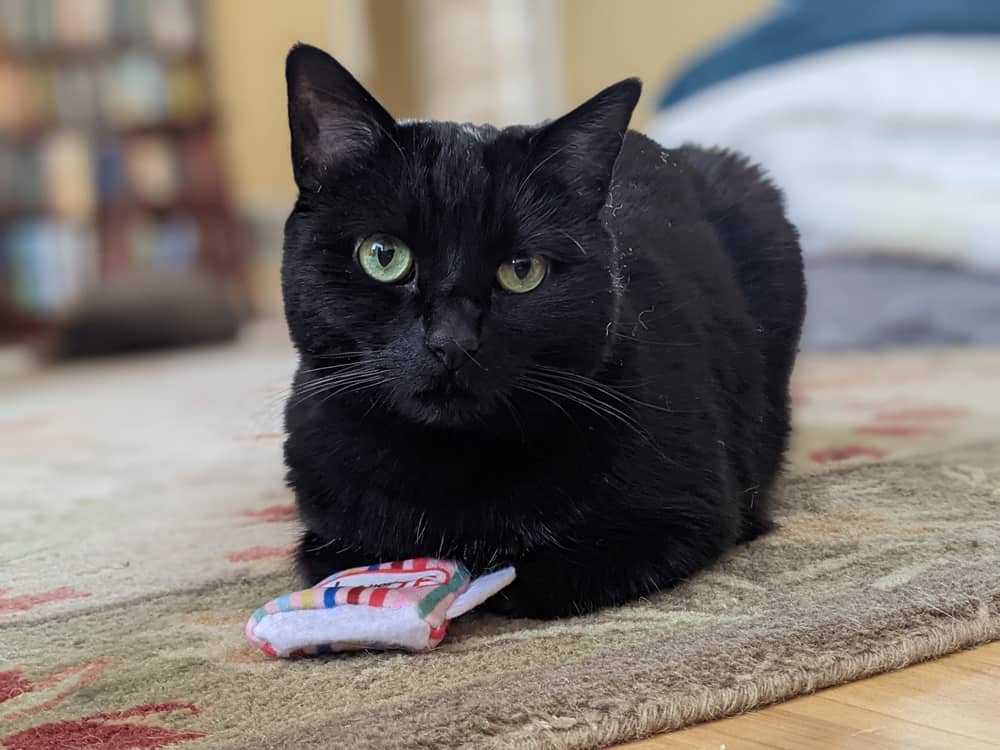
Final Thoughts
Humans have been domesticating animals for tens of thousands of years, but the domestic cat stands out from this pattern. Rather than being domesticated by humans, cats actually domesticated themselves.
About 10,000 years ago, African wildcats became interested in early human settlements due to the abundance of mice and food scraps. Over time, humans found them valuable for keeping away vermin, as well as for companionship.
Today, the housecat remains largely unchanged from its ancestors, but more recent breeding projects are leading to a variety of new coat colors, patterns, and body shapes.
References
Corbley, A. (2021, March 10). Ancient DNA shows cats domesticated themselves – Why are we not surprised? Good News Network. https://www.goodnewsnetwork.org/cats-domesticated-themselves-but-never-became-domesticated/
Driscoll, C. A., Clutton-Brock, J., Kitchener, A. C., & O’Brien, S. J. (2009). The taming of the cat. Scientific American, 300(6), 68. https://www.ncbi.nlm.nih.gov/pmc/articles/PMC5790555/
Ottoni, C., Van Neer, W., De Cupere, B., Daligault, J., Guimaraes, S., Peters, J., … & Geigl, E. M. (2017). The palaeogenetics of cat dispersal in the ancient world. Nature Ecology & Evolution, 1(7), 1-7. https://doi.org/10.1038/s41559-017-0139






